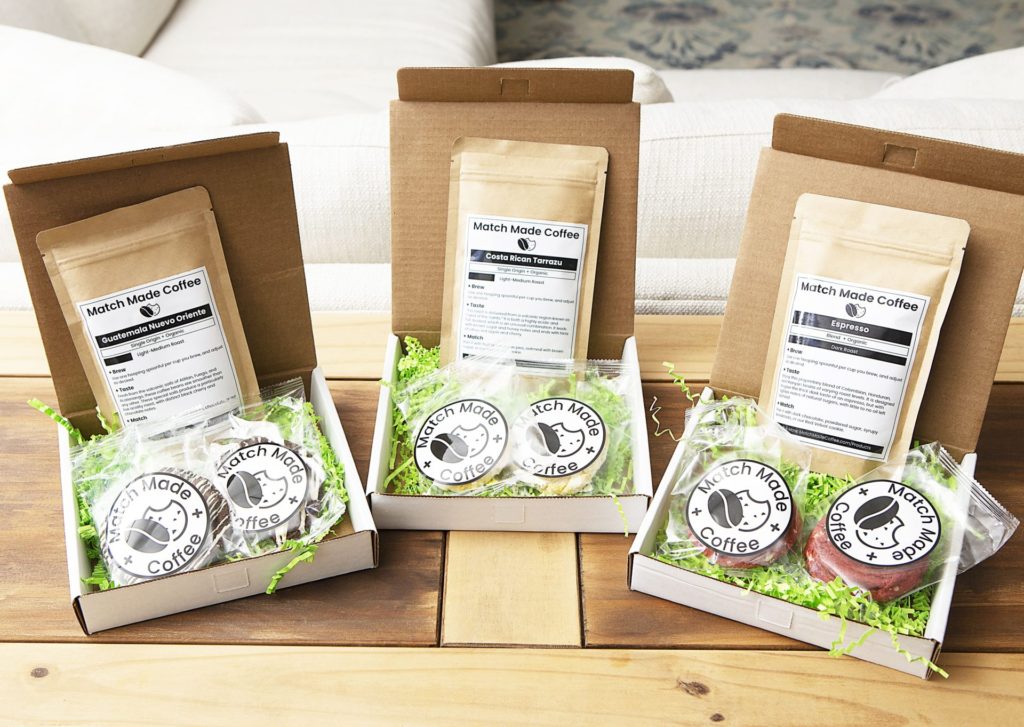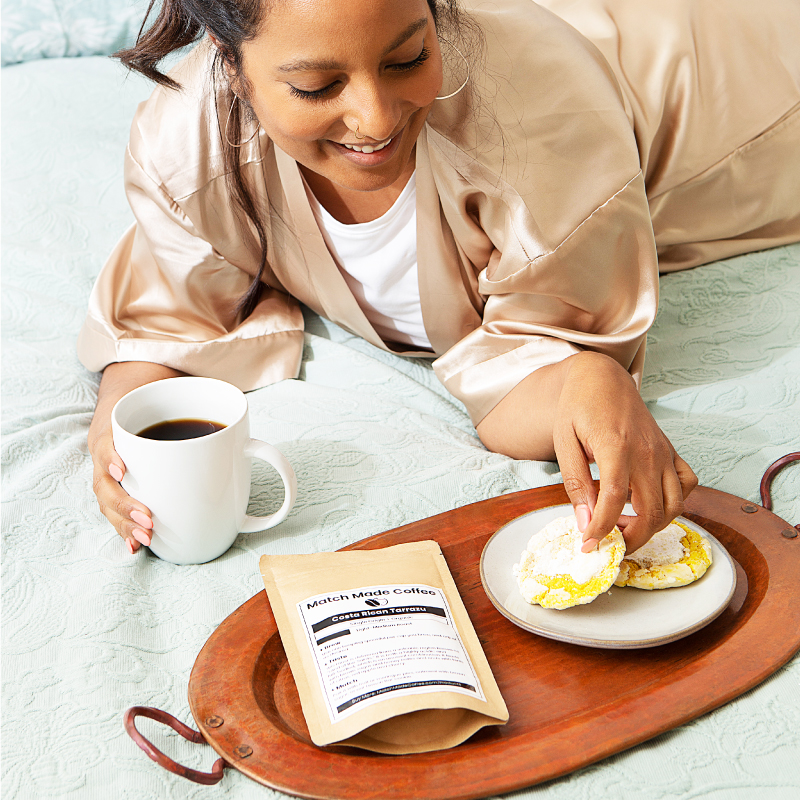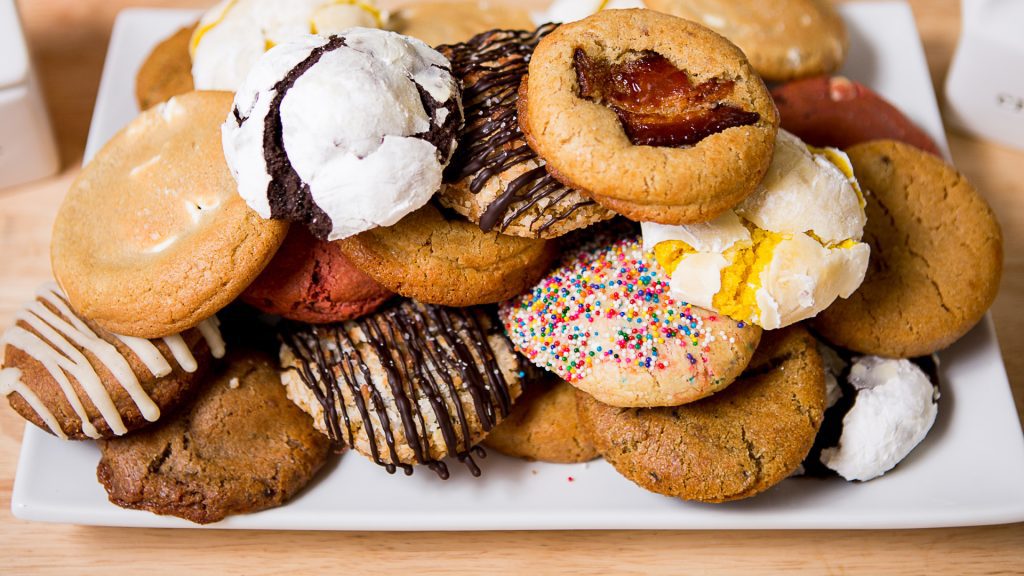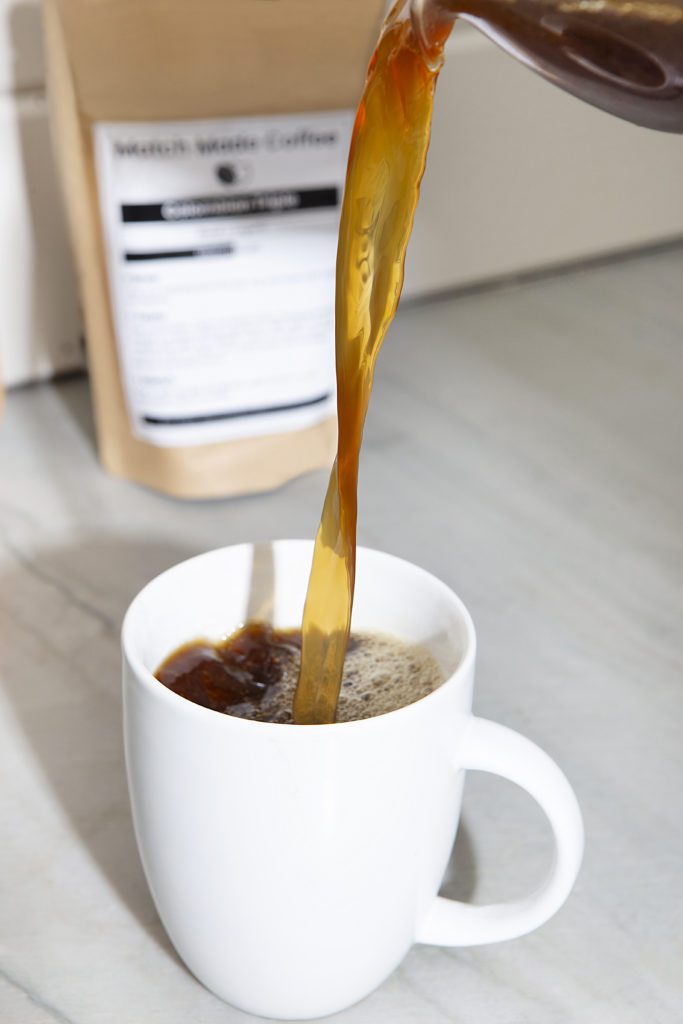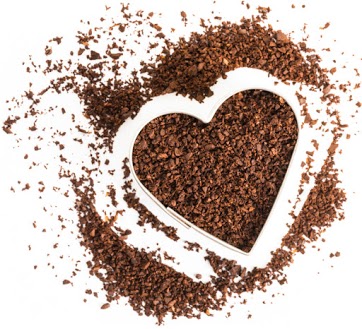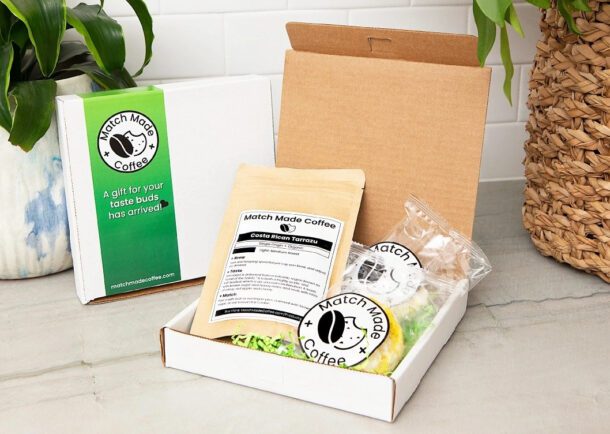We’ve been going into tons of details here on our blog about the seemingly infinite levels of intricacies that go into making the best cup of coffee you’ve ever had. There are tons of different coffee beans, each bean being grown in varying climates and elevations which produce different flavors, and it is also influenced by how it is processed. You can have a variety of coffee beans, each providing a different flavor profile, and the water used and the water extraction also influence the coffee output.
But, what we haven’t elaborated on yet, is all of the different ways to roast a bean, and what that ultimately means for your coffee. There are 5 “levels” of roasts, starting with unroasted, and moving it’s way towards more and more roasted. We’ll list the name of the roast, the roast classification, and the temperatures used to cause that roast.
1) Green Coffee Beans- Roast Level: Unroasted. Temperature: stored at 22°C/72°F

This is just your basic coffee bean after it has been harvested. Sources vary in how long they keep their full flavor potential, but the consensus seems to be that green coffee beans tend to be good for 6-18 months.
2) Mechanically Dried Green Coffee Beans- Roast Level: Unroasted. Temperature: 165°C/329°F

Although technically unroasted, drying occurs until the first crack appears in a bean after all of the moisture is removed, which is a similar sign used for determining when to stop roasting a light roast. If the coffee is undergoing the unwashed drying process where the coffee beans are laid out in the sun to dry, it won’t reach these temperatures, but unless you’re literally eating the coffee bean, you’d never really notice the difference.
3) Cinnamon Roast- Roast Level: Light Roast. Temperature: 196°C/385°F

This is the lightest roast a coffee will be made at. The acidity doesn’t have the chance to essentially burn off, leaving the sweetness from fully being able to come forward. You’re likely to get grainy and grassy flavor notes, and a bit of a sour taste. Caffeine is at its maximum. The coffee beans get their first cracks in the roasting process, and roasting stops at that point.
4) Light Roast- Roast Level: Light Roast. Temperature: 205°C/401°F

This is your typical light roast, and browning starts to occur here. Complexity in acidic flavors show through at this level, caffeine is still running stronger than you’d expect, and you can really pick up the origin flavor notes if you’re experienced with how to taste coffee and have experienced a wide variety.
5) American Roast- Roast Level: Medium Roast. Temperature: 210°C/410°F

This is considered a medium light roast. It is a little bit less acidic than the light roasts, taking away from some of the origin notes, but it is still present. This roast level is still at the first crack, it’s just running a little bit hotter and a little bit longer during the roasting process.
6) City Roast- Roast Level: Medium Roast. Temperature: 219°C/429°F

This is your typical medium roast, and where the roast flavor itself starts creeping in. The acidity still overcomes the roast flavor, and is a bit more complex, and is highly favored by many third wave coffeehouses and specialty roasters because of this reason, and because the natural oils in the coffee beans at this level are starting to come to the surface, giving some parts a slick look, and influencing the coffee a bit.
7) Full City Roast- Roast Level: Medium Dark Roast. Temperature: 225°C/437°F

Some places do not recognize the “medium dark” roasting designation, and will lump this in as a dark roast because it starts around the beginning of the second crack in the coffee beans from the roasting level. In our opinion, and many others, it’s good to separate out these roasts, as otherwise your left with the term “dark roast” applying to too many varied flavors and aspects. The roast character starts to come through in the flavor at this point, and the oils are still spotty in their appearance.
8) Vienna Roast- Roast Level: Medium Dark Roast. Temperature: 230°C/446°F

The acidity starts to become muted at this point, the roast flavor is prominent, and the beans take on a light and oily look. Origin notes are lost at this point at the expense of roast flavorings. You’re likely to get a bittersweet or caramel type flavor. This is midway through the second crack when roasting.
9) French Roast- Roast Level: Dark Roast. Temperature: 240°C/464°F

This is at the end of the second crack in the beans. There is very little acidity, and you start to get burnt tones in the roasting flavors. The beans are shiny with oils that have been brought to the surface, and some of the flavoring there has been lost. Caffeine is actually lower in dark roasts, and beans are less dense in general, meaning it takes more beans to get the remaining flavors out. Distinct aromas and origin flavors are both lost at this point, in favor of less acid and more of a roasty flavor.
10) Italian Roast- Roast Level: Dark Roast. Temperature: 245°C/473°F

The coffee beans are virtually black at this point, and very shiny due to the oils being roasted out. Burnt tones are distinct. Acidity virtually eliminated. Thinly flavored body. Caffeine is at its lowest, and density is at its lowest as well.
And, not to get too complex, but various roasters have other tricks, like starting with low temperatures for awhile to raise the internal temperature of the bean and start to get the roasting benefits, but to keep the temperature low enough to delay the first crack until they crank it up a bit. There are infinite possibilities, and is why the roast duration is more based around the cracks that occur in the beans than specific times (the whole process generally takes 8-20 minutes).
Do you guys have any questions about these specific roasts? What are your favorites? People tend to have misunderstandings about what the roast actually accomplishes, and are usually surprised when a different roast type is recommended to them when they say what they want to experience with the perfect cup of coffee.
Let us know which ones you’d like to see more of in our subscriptions in the comment section or on Facebook.

